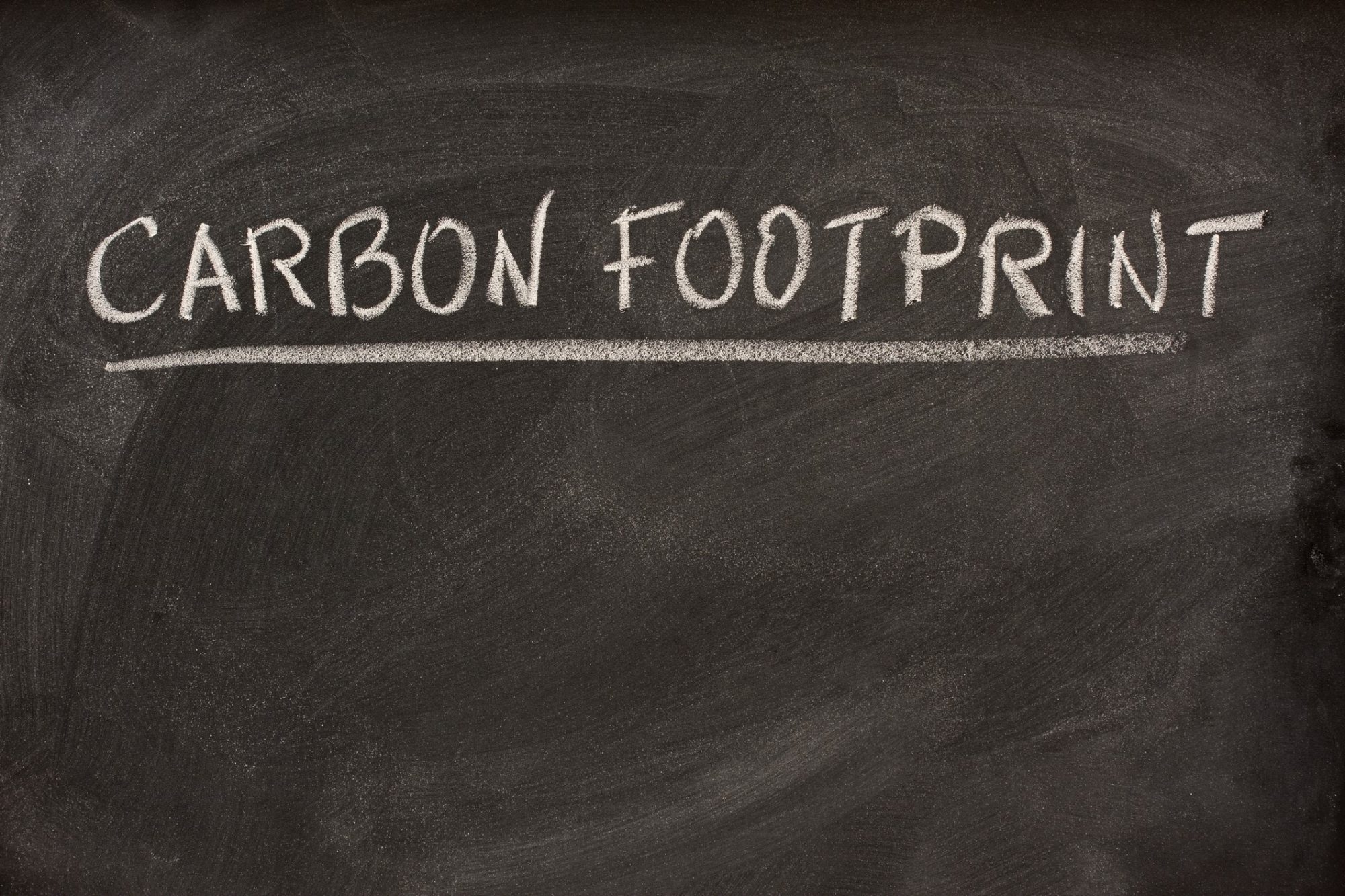David Fatscher Head of Market Development for Sustainability at BSI explains how a new standard for measuring greenhouse gas emissions at the city level, is helping London manage its carbon footprint.
With an estimated 50% of the planet’s population becoming urban citizens by 2030, making cities more sustainable has become one of the most important challenges of the 21st Century. Cities play a key role in tackling climate change and how they respond to this depends in part on access to quality data on greenhouse gas (GHG) emissions.
Any city inevitably gives rise to the production of GHG emissions both within and beyond its boundaries and yet GHG accounting methodologies vary considerably, covering different scopes and making comparisons difficult. Credible reporting and meaningful benchmarking of data require greater consistency and research in 20091 estimated London’s consumption-based GHG emissions, whilst highlighting the need to include a wider range of emission sources in the inventory. As a result, the Mayor of London made a commitment to conducting a more complete GHG emission assessment 2.
PAS 2070, BSI’s specification for the assessment of city GHG emissions, is a response to this challenge. It specifies requirements for identifying the assessment boundaries, the sources of GHG emissions, the data requirements for carrying out the analysis, and the calculation of the results to develop a city-scale GHG inventory. It also captures both direct GHG emissions (from sources within the city boundary) as well as indirect GHG emissions (from goods and services that are produced outside the city boundary for consumption and/or use within the city boundary). In PAS 2070, these are termed: direct plus supply chain (DPSC) methodology and a consumption-based methodology (CB).
The DPSC methodology captures territorial GHG emissions and those associated with the largest supply chains. It covers direct GHG emissions from activities within the city boundary and indirect GHG emissions from the consumption of, for example, grid-supplied electricity and district heating, travel and the supply chains of key goods and services produced outside the city boundary (e.g. water, food, building materials). Meanwhile, the CB methodology captures direct and life cycle GHG emissions for all goods and services consumed by city residents, so emissions are allocated to the final consumers rather than the original producers.
Although the Greater London Authority (GLA) commissioned the development of the standard, PAS 2070 is intended for widespread use and is the result of expert input from a truly international group of stakeholders, including the City of New York, Stockholm Environment Institute, University of Toronto, as well as Thames Water, Transport for London and the C40 Cities Climate Leadership Group.
The GLA had always intended that the PAS would enable it to carry out a more complete assessment throughout Greater London and has recently published a case study 3, demonstrating how to apply the standard’s methodology. Among the many findings, the PAS 2070 study highlights that using the DPSC methodology:
- London emitted 81 million tonnes • of CO2e4 in 2010 (or 10.05 tonnes CO2e per person);
- Energy use in buildings is the largest source of GHG emissions in London accounting for 50% of emissions;
- Transport is the second biggest, accounting for 31% of London’s GHG Emissions;
- The consumption of food and drink accounts for 13% of GHG emissions.
Meanwhile, applying the CB methodology:
- London emitted 114 million tonnes of CO2• e in 2010 (or 14.15 tonnes CO2e per person);
- Utility services is the largest sources of GHG emissions (18.1%), followed by transport services (17.0%);
- 75% of the emissions related to household consumption.
In 2008, the world’s first product carbon footprint specification was published, PAS 2050 and its 2011 revision introduced a framework that enabled BSI to work with individual industries to develop sector and product group-specific requirements. This year has also seen the revision to PAS 2060, the specification for demonstration of carbon neutrality. PAS 2070 also relates to, and informs, the development of a series of standards around smart cities and sustainable communities.5
As with other GHG assessment standards, PAS 2070 seeks to provide a robust and transparent method for consistent, comparable and relevant quantification, attribution and reporting of GHG emissions, enabling city leaders to measure more holistically and effectively, to assess their risks and opportunities, create a strategy to reduce emissions, and ensure that progress towards a low-carbon environment/ economy can be reliably monitored.
1 Capital Consumption. London Sustainable Development Commission and Bioregional, 2009. Web published at: www.londonsdc.org/documents/research/Capital%20Consumption.pdf
2 Delivering London’s Energy Future: The Mayor’s Climate ChangeMitigation and Energy Strategy (Action 17.3). GLA, 2011. Web published at: www.london.gov.uk.
3 Application of PAS 2070 – London, United Kingdom; An assessment of greenhouse gas emissions of a city
4 All GHG emissions data are reported as metric tonnes of CO2 equivalent (CO2e). CO2e is a universal unit of measurement that allows the global warming potential (GWP) of different GHGs to be compared. Individual GHGs are converted into CO2e by multiplying the 100-year GWP coefficients in the IPPC Guidelines
5 For further information on related standards, see ‘Related standards’ section of www.bsigroup.com/PAS2070
David Fatscher
Head of Market Development for Sustainability
BSI











